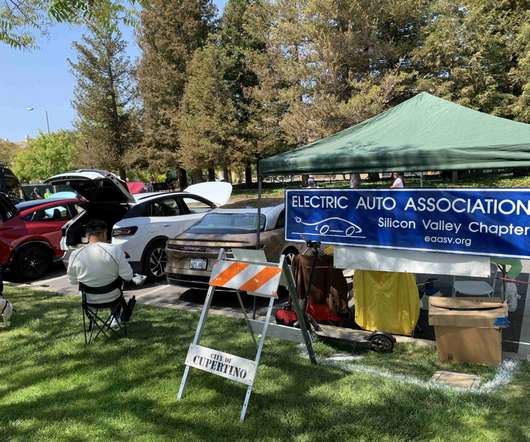EPFL team develops low-cost water splitting cell with solar-to-hydrogen efficiency of 12.3%
Green Car Congress
SEPTEMBER 26, 2014
Michael Grätzel at EPFL (Ecole Polytechnique Fédérale de Lausanne) in Switzerland has developed a highly efficient and low-cost water-splitting cell combining an advanced perovskite tandem solar cell and a bi-functional Earth-abundant catalyst. conversion efficiency from solar energy to hydrogen, a record with earth-abundant materials.






































Let's personalize your content